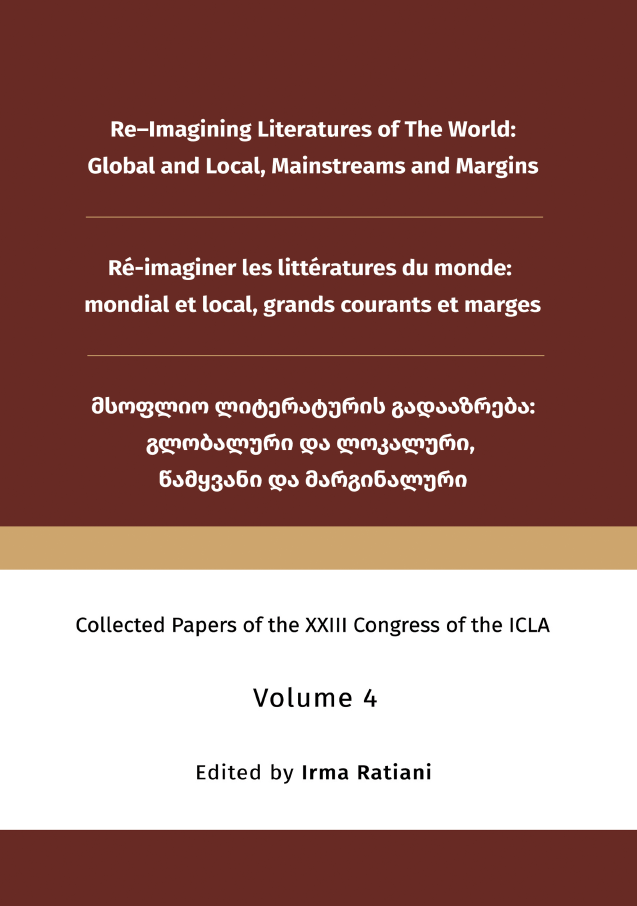How to Translate the Speechless Other? An Eco-rhythmological Experiment
Main Article Content
Abstract
This paper reveals the contribution of practice-oriented physics and eco-rhythmology to the philosophy of translation with the help of a case study. This approach does not consider verbal transformations as the only relevant phenomena in translation, but it is focused on the search for any common kinetic space in contact-making. Methodologically, the investigation is based on interdisciplinary research revealing affinities and resonances between the string theory of contemporary physics, the search for remote galaxies with space telescopes and the search for connections by artistic practices. This kind of investigation does not reveal photographs, but rather rhythms or galaxies of rhythms that can be followed through the gestural resonances of attention. Poems and arts offer such recordings.
The author investigates literary approaches to fellow creatures who cannot talk. He reads Philip Gross’ collection of poems, entitled Deep Field (2011) – a lyrical story about his old father who has lost all his five languages in aphasia – in comparison with the poetic translation of animals and „lifeless” materials, performed by the same poet (The Water Table, winner of the T.S. Eliot Prize 2009) or by other experimenters like Craig Foster, the human protagonist in an Oscar winning documentary My Octopus Teacher (2020). Such experiments of getting in-between reveals translation as gesture-resonance with the Other in shared kinetic spaces. By the art of learning, poetic language ceases to be a conventional medium of symbolic exchange (alone), it becomes refined and very intensive gestures of attention that make possible inversions in the teaching process between teacher and student, human and animal or human and material environment. At the end, the author draws conclusions concerning the possibilities of gesture translation beyond metaphoric reduction. In the gaps of culturally dominant or scientifically paradigmatic spaces, artistic practices (as rhythm-telescopes) help us to access the deep field of occurrences with many different rhythms and consequently different temporalities. In the company of the non-speaker, for example or when we access the happenings of our non-human environment.
